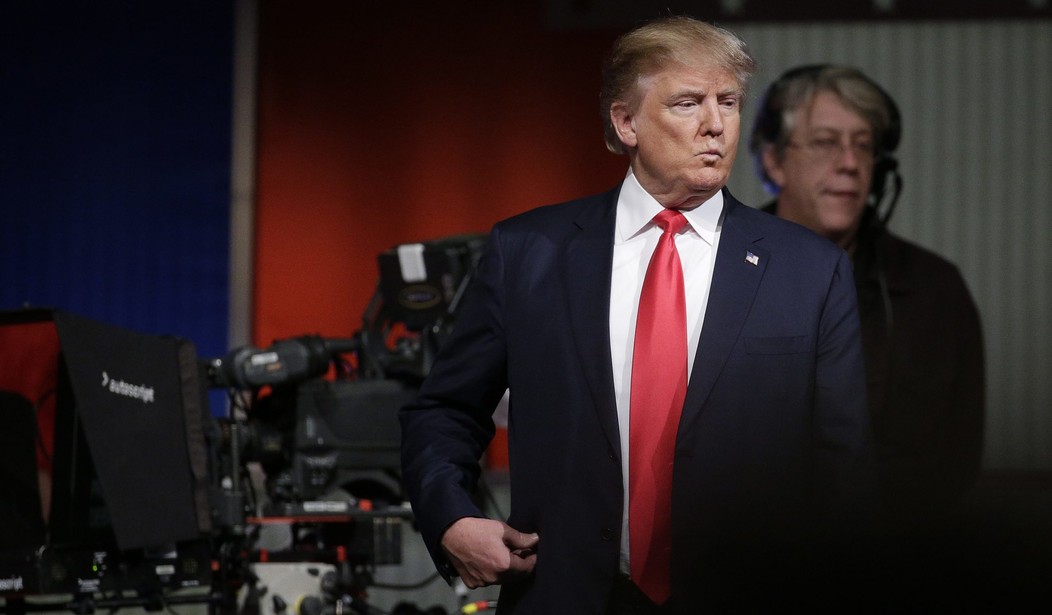A third-party presidential campaign just spent more money on television and Internet advertising than the campaign headed by Donald Trump.
Jill Stein, who became the Green Party nominee on Saturday, launched her campaign’s first major purchase of media commercials this week, according to a press release sent out Friday. Her campaign spent over $625,000 in television and social media advertising. Meanwhile, Donald Trump’s campaign has zero television airtime reserved, according to a study by NBC News and media tracking firm SMG Delta. H/T to the Washington Examiner‘s Sarah Westwood.
“We appreciate all the voters across the United States that have showered us with contributions following the nominations of Donald Trump and Hillary Clinton,” Stein said in the press release. She repeated the central political promises of Bernie Sanders’ upstart Democratic presidential campaign, themes which feature in the video ads.
“Americans want a candidate who will speak for them — who will fight for living wage jobs, cancelling [sic] student debt and making higher education free, action on climate change, and a society that values everyone, especially the most vulnerable among us.”
The campaign reported spending over $575,000 for three commercials on major cable networks, including spots on MSNBC, the Tonight Show, CBS, CNN, and BET. It also spent in excess of $50,000 for purchases on social media sites like YouTube.
Here is one of her videos:
In contrast, Trump’s campaign has no air time reserved, while two pro-Trump super PACs have roughly $800,000 in ads targeting three states: Florida, Ohio, and Pennsylvania. Their national ad buy totals roughly $329,000. Trump did release a new ad on social media Friday, and the campaign plans to put money behind it, but spokesmen did not say how much, the Los Angeles Times reported.
Here is his ad:
In Hillary Clinton’s America – things get worse. #TrumpPence16 pic.twitter.com/WdHbnhhCbW
— Donald J. Trump (@realDonaldTrump) July 29, 2016
Next Page: So how much has Clinton spent?
Hillary Clinton, on the other hand, has supercharged her campaign. The Clinton campaign and the pro-Clinton super PAC Priorities USA have reserved $98 million in air time on broadcast, cable, and satellite platforms from now through November 8. They have ads targeted to every swing state in addition to a national cable television ad buy.
Here is one of Clinton’s ads, released this week, quoting conservative national security experts on why Trump is unfit to be commander in chief.
Indeed, in a show of strength, Clinton has decided to pause her television advertising in Virginia, believing that Trump is not competitive enough for her to spend money to defeat him.
In June, NBC News and SMG Delta reported that of the top 6 campaigns spending money on TV ads in the primary, Trump’s came in dead last, with only $18.8 million. Jeb Bush, who won only 4 percent in the primary, spent the most with $81.9 million, while Marco Rubio came in second with $67.3 million. Next came Bernie Sanders at $58 million, followed by Clinton with $49.5 million, and then Cruz at $36 million.
That’s almost a perfect correlation: the campaigns spending the least amount of money on television ads won the most votes. It is theoretically possible that, like Bush, Clinton will find her lush advertising spending worthless in contrast to The Donald’s media presence. Negative television ads have also been known to propel name recognition and awareness for the candidate they attack (as Texas Lieutenant Governor David Dewhurst learned in 2012 when his negative ads ironically propelled Ted Cruz to victory).
Nevertheless, when it comes to the general election, more advertising spending is generally considered a strong sign of likely success, and SMG Delta estimated that Clinton’s campaign and supporters will spend $97 million more than Donald Trump by November.
In a four-way race between Clinton, Trump, Stein, and Libertarian nominee Gary Johnson, Clinton leads by 6.3 points in the RealClearPolitics average. Clinton takes 43 percent to Trump’s 36.7 percent, while Johnson stands at 8.4 percent, and Stein claims 4 percent.









Join the conversation as a VIP Member